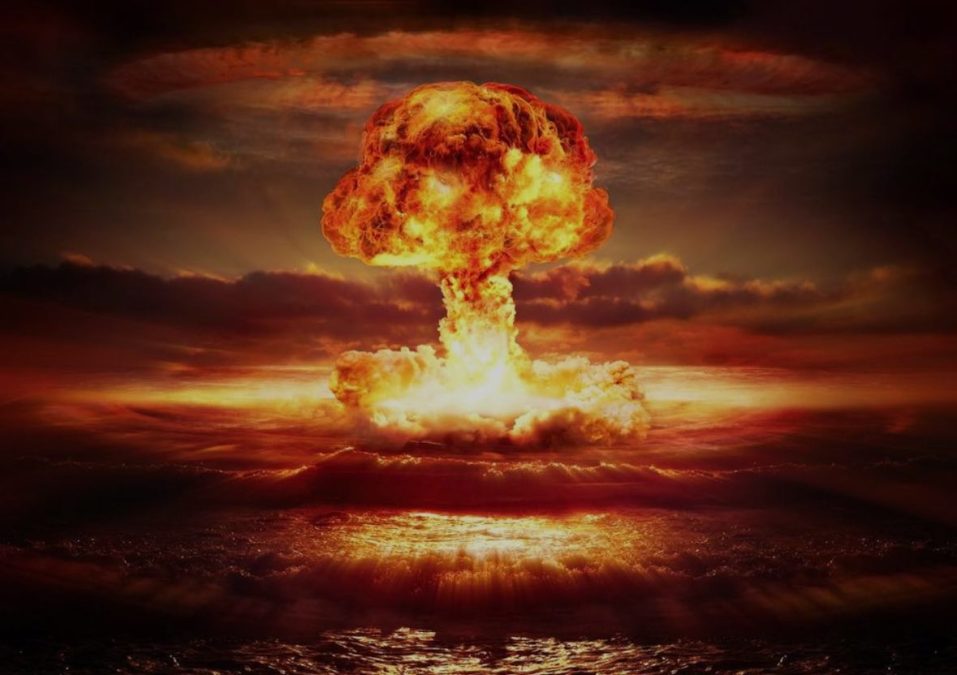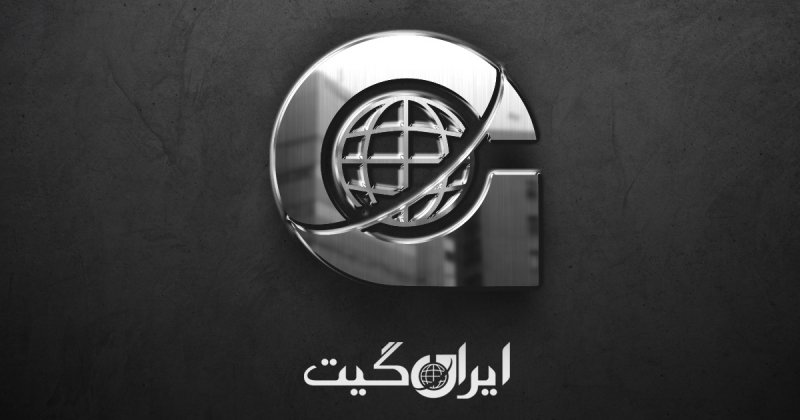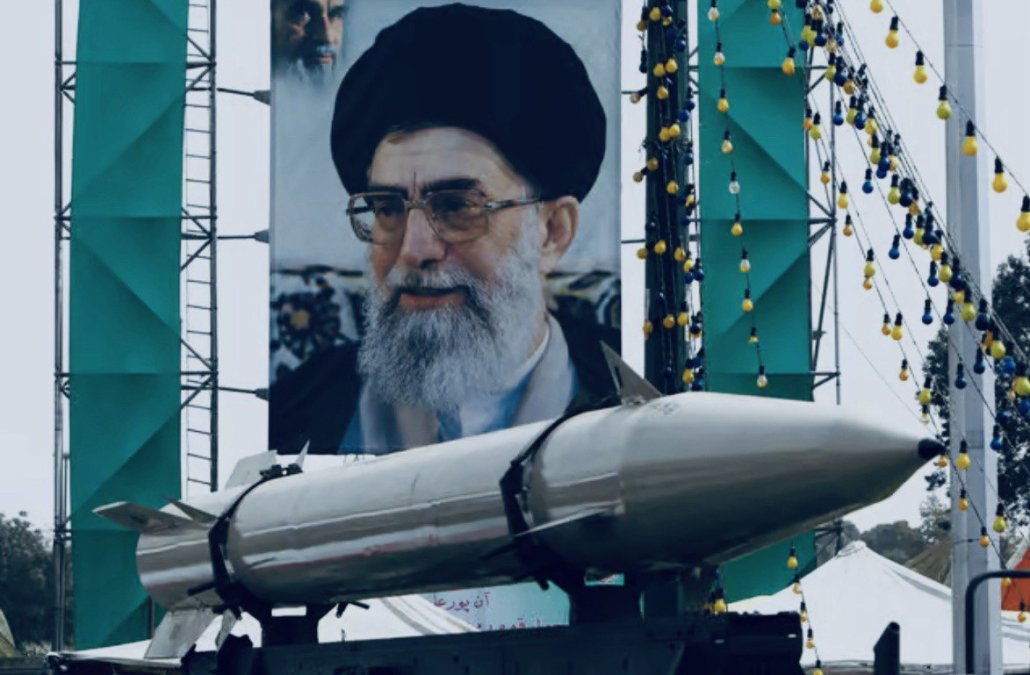Consequences and Policy Options Following Recent Developments Related to the Nuclear Program
Disappeared Uranium: Tehran’s Hidden Weapon or an Emerging Threat
In an analytical report, the IranGate News Agency editorial examines the consequences of Europe’s activation of the snapback mechanism, targeted attacks on Iran’s nuclear facilities, new oil restrictions from China, and Iran’s covert movements in uranium enrichment.
This analysis, based on reports published by several reputable international think tanks and media outlets, indicates that the diplomatic environment regarding Iran’s nuclear program has become more fragile than ever. If the current trend continues, the risk of the collapse of international oversight, escalation of regional rivalries, and the strengthening of extremist currents will be on the agenda.
In the presented series of review articles, the following key points are highlighted: 1. Activation of the snapback mechanism increases the risk of narrowing diplomatic paths and escalating Tehran’s reciprocal reactions. 2. Recent military attacks on facilities related to Iran’s nuclear program have increased the risk of strengthening nuclear tendencies within Iran. 3. Changes in international energy transport methods, including the move by major companies and ports to limit the shadow fleet, could impact the economic capabilities of sanctioned parties.
This report attempts to connect these three axes, explain their operational and policy consequences, and provide evidence-based and principle-based policy recommendations.

Developments and Consequences
1. Effects of Snapback Activation on Diplomacy and Oversight
Reports warn that the activation of the snapback mechanism could immediately restrict the diplomatic space. On one hand, Iran may respond with technical or symbolic steps in the form of rapid nuclear steps or reduced cooperation with the International Atomic Energy Agency. On the other hand, new pressures and sanctions practically make simultaneous negotiations for a return to more comprehensive commitments difficult.
The potential outcome of this cycle is the accelerated erosion of the effectiveness of international oversight institutions and the strengthening of groups within Iran that pursue tougher policies.
2. Military and Sabotage Impacts on Iran’s Decision-Making Structure
Military-security analyses indicate that targeted attacks can increase the technical vulnerabilities of the nuclear program, but at the same time provide the political ground for proponents of nuclear actions or hidden deterrence approaches.
Even if the technical damage has been significant, the political and social reaction within Iran could intensify the desire to increase nuclear capacities or conceal sensitive materials.
Therefore, the net effect of military attacks—whether in the short or medium term—is uncertain and highly contingent on political, informational, and diplomatic factors.
3. Pressure on the Energy Chain and the Role of Non-Western Actors
Energy market reports indicate that changes in the behavior of major ports and operators can complicate the transfer of sanctioned oil and increase logistical costs and risks for sanctioned countries.
These changes may affect government revenues and, consequently, the budgetary capacity for strategic programs, but at the same time, alternative rings, flag-changing tactics, or new intermediary networks may emerge that make oversight and counteraction difficult.
Probable Scenarios
First Scenario: Robust Diplomacy – Snapback activation is accompanied by international pressure and parallel negotiations. Tehran takes limited and verifiable steps, and in return, phased reduction of some sanctions occurs, resulting in relative restoration of oversight and reduced military risks.
Second Scenario: Escalation Cycle – Snapback and punitive actions lead to nuclear or security responses from Iran, weakening international oversight and increasing the risk of regional competition and military priorities.
Third Scenario: Economy and Sanction Evasion – Logistical and banking pressures against the shadow fleet change oil market behavior, putting pressure on the revenues of Iran, Russia, and Venezuela, but alternative transfer networks emerge that are difficult to monitor and halt.
Verification and Oversight Requirements
Reliable return to restrictions requires independent verification mechanisms, clear technical access, and phased commitments along with clear indicators for evaluation. It is suggested that the following components be included in any return framework: a detailed list of conditional nuclear steps and measurable indicators, levels of enrichment, number and type of centrifuges, position and status of sensitive reserves, a phased timeline for sanction reduction that aligns with verification results, intelligence guarantees, and a dispute resolution mechanism to address sabotage or covert operation accusations, and the role and continuous presence of the International Atomic Energy Agency with sufficient technical authority.
Policy Recommendations for International and Regional Actors
1. Prioritize phased and verifiable diplomacy, conditionally reducing sanctions based on actions verified by the Agency, instead of symbolic actions that escalate tensions.
2. Establish emergency military and intelligence communication channels, create or strengthen direct contact mechanisms to prevent unintended escalations and misunderstandings.
3. Transparent protocols in response to sabotage and attacks, declare common policies on thresholds and responses to prevent reactions that could collapse diplomatic mechanisms.
4. Support the technical capacities of the Agency, enhance sampling, access, and analysis facilities to ensure independent verification capability.
5. Parallel economic pressures with pathways for returning to agreements, ensuring that economic actions do not block the path to commitments and that negotiation incentives are maintained.
Consequences for Iran and the Region
Within Iran, increased pressures may temporarily raise support for nuclear options, but the long-term outcome depends on the ability of foreign actors to turn military or economic successes into tangible political achievements. The region is also at risk of an arms race and reduced mutual trust, which could bring high security and economic costs.
What Should Be Done
Recent developments show that the combination of legal-political pressures like snapback, military-intelligence operations, and changes in oil markets have created a set of intersecting risks.
An approach that emphasizes phased diplomacy, technical transparency, and strengthening verification mechanisms likely provides the best chance to prevent the erosion of international oversight and contain regional nuclear competition.
Policymakers must maintain a delicate balance between applying pressure and keeping diplomatic channels open to avoid the escalation cycle.

